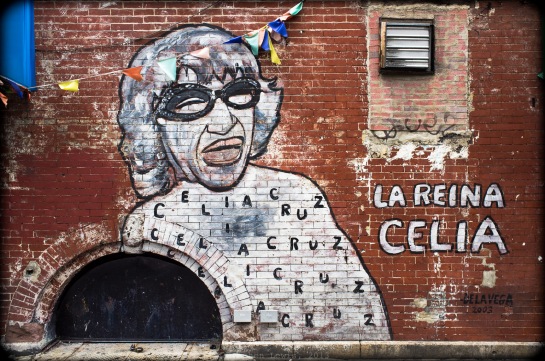
The Last Generation of Congregants, Congregationalist Church, Meriçleri, Bulgarian Thrace, 2004. Rolleiflex Xenotar ƒ2.8, digital scan of a 400ASA black/white negative.
In all likelihood, I’ll never stage nor capture a photographic moment as important or memorable as Art Kane’s “Great Day in Harlem.” On an afternoon in 1958, Kane assembled several score of the founding and emerging masters of jazz, plus a dozen or so young passersby, on the stoop and sidewalk fronting a tenement on East 126th Street in New York’s Harlem. The photo was published in Esquire Magazine and became a legend in its own right.
A “Great Day” of My Own
The closest I’ve ever come to a “great day” shot was one cold winter afternoon in the small town of Meriçleri alongside the eponymous Meriç River (Maritsa in Bulgarian) in Bulgarian Thrace. The subjects in my photo: The aging parishioners of the local Congregationalist Church. The occasion: A misunderstanding.
A decade ago, I was working part-time, on behalf of an obscure commission of the US Congress, implementing a survey of religious and secular monuments associated with the histories of several minority groups within the boundaries of what is now Bulgaria, amongst them Protestant Christians. As part thereof, I tracked down and visited every single Protestant church in Bulgaria built between the 1860’s and the late 1940’s — the church in Meriçleri included.
A Congregationalist pastor in Sofia had called in advance to Meriçleri to arrange to have the church open for me to inspect. Due to a bad phone connection the request came through garbled. Instead, the local contact called fellow church members to announce that a visiting pastor from America was coming to deliver a sermon. Elderly congregants took put down their work, donned their provincial Sunday best, and turned out in force to greet me, a quite secular non-Christian. Amongst the outcomes was the group photo above, taken on the steps of the church building.
“Reading” the Photo
The church and congregants portrayed in the photo point to a complex tale of nation-, identity-, and community-building during the final decades of the Ottoman Empire and the first years of its successor states, Bulgaria and modern Turkey included. They also point to a more obscure but no less interesting story: the symbiosis of aims and actions between American Protestant missionaries and the schemings of US foreign policy more than a century ago. But I’ll save both of these tales for another time and another context.
For now, I’ll end with a cautionary photographic confession …
Step Forward First; Focus Second!
I took the photo above late in the afternoon on a dark, rainy day. To maintain a sufficiently fast shutter speed, I set the aperture of the camera’s taking lens in the near-open range, thus compromising depth-of-field — a poor choice considering the multi-layered subject matter. After focusing on the row of people closest to the camera, for some now forgotten reason I took a step or two forward to recompose but forgot to re-focus. As a result, the plane of focus shifted rear-wards, leaving the front-most subjects slightly fuzzy.
Regardless, a decade after its taking, the photo still touches me and still seems to manifest the solid presence and stance of the final generation of guardians of a once-vibrant, now-forgotten Balkan community. Perhaps, thus, there is more to photography than sharpness alone.


